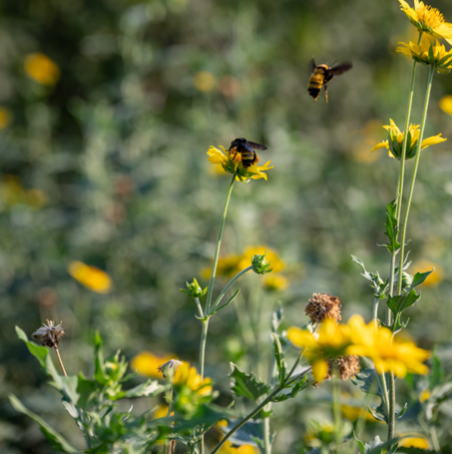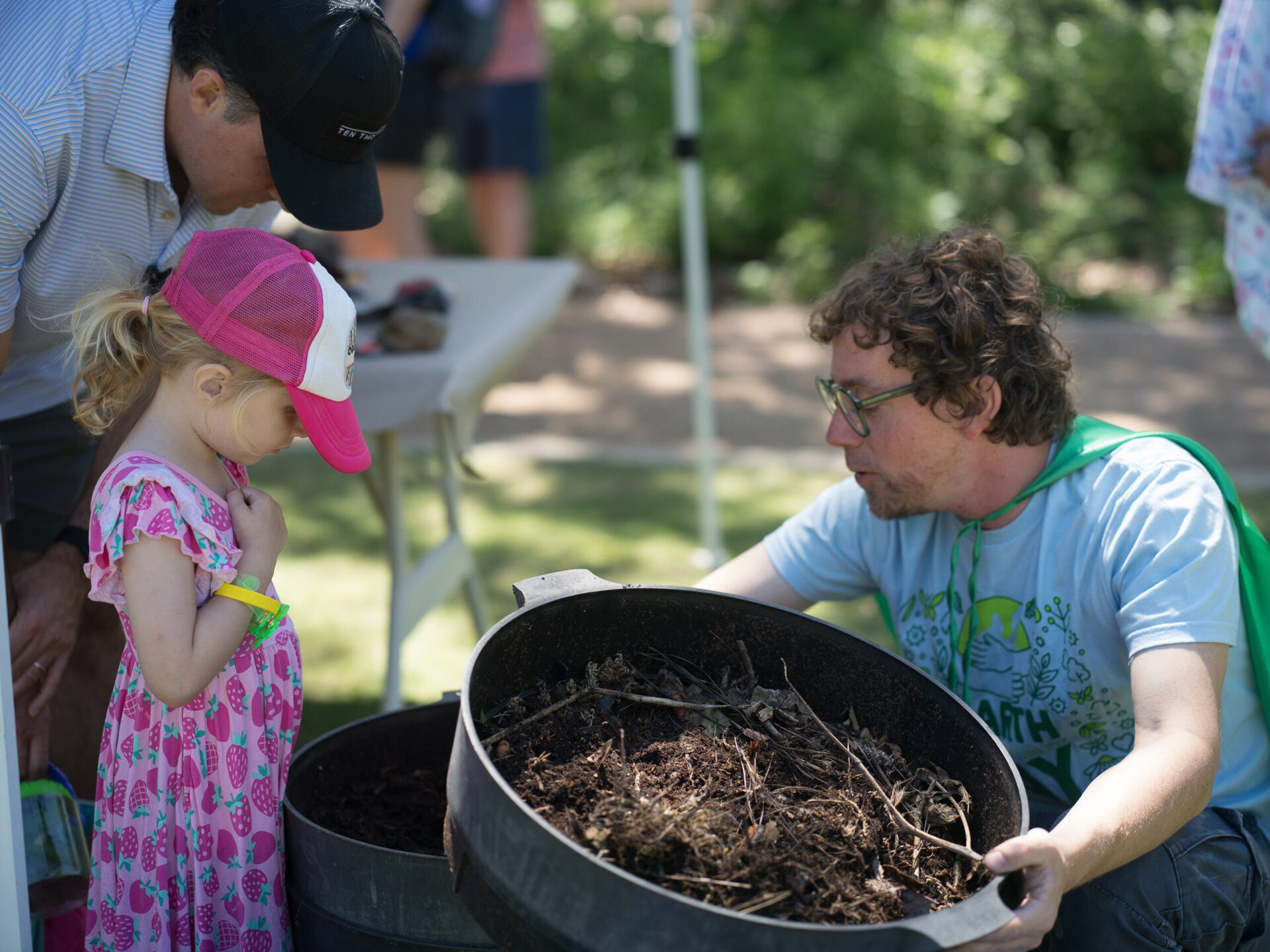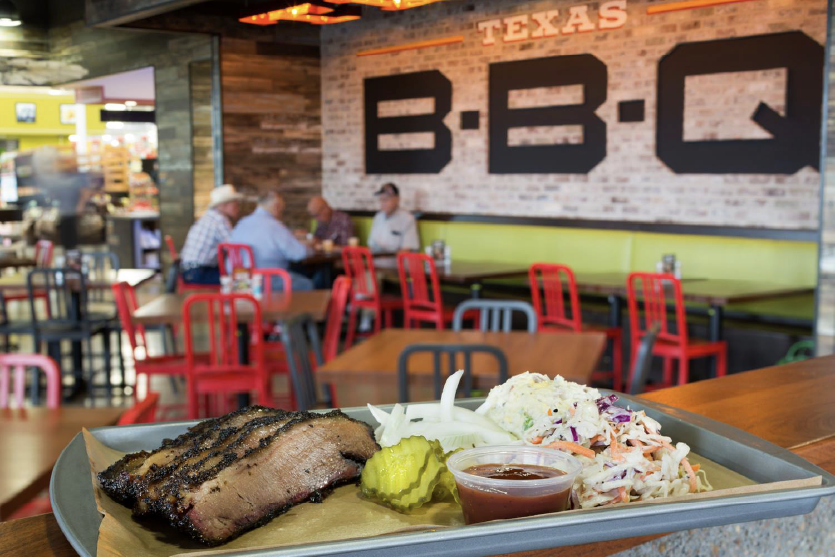Helping Protect Texas’s Bats with Bat Conservation International
If you’ve ever visited the Bracken Cave Preserve in San Antonio or the Congress Avenue Bridge in Austin just before sunset, you’ve seen them: Thousands of bats, flying into the skies—Mexican Free-Tailed Bats, to be precise.
Even if you don’t regularly see bats, they’re everywhere. One of every five mammals are bats, making them the second largest group of mammals after rodents! There are over 1,400 species, from the tiny Bumblebee Bat to the giant Golden-Crowned Flying Fox, with an average six-foot wingspan.

Photo Credit: Jonathan Alonzo
H-E-B partners with the nonprofit Bat Conservation International (BCI) to help conserve & protect bats in Texas. We’re proud to continue supporting the environmentally vital work they do by donating to their educational programs and Bat Walks.
Founded in 1982, BCI has four main conservation operations:
- Inspire & educate the public through impactful nature experiences.
- Help conserve endangered species.
- Restore and protect landscapes to provide healthy habitats for bats.
- Perform scientific research on easily scalable solutions for the health of the bat population.
Why are bats important to Texas’s environment?
Bats exist on nearly every continent on Earth, making them an important part of many ecosystems. Why? Bats are one of the best, most eco-friendly, free agricultural insecticides around! Many bat species are insectivorous. Each night, bats eat hundreds of tons of insects like fruit flies, Japanese beetles, and pecan weevils. This saves USA-based farmers an estimated $23 billion on pest control every year, helping make their farms more profitable. Consuming insects doesn’t just save growers money, though; it also helps farmers reduce pesticide use, which is better for the environment.
Like bees, bats are pollinators. When they hunt for insects in plants & trees, they frequently get pollen or seeds on their faces & bodies. Then, when the bats go to another flower or plant, some of the seeds & pollen rub or fall off, helping pollinate plants and scatter seeds. This makes bats an important part of agricultural and reforestation efforts all over the world.
There are also several species, like the Lesser Long-Nosed Bat, who feed on the nectar of agave flowers, which helps pollinate agave. Other bats pollinate some of our biggest food systems, like wild bananas, guavas, and nuts. Bonus: Insectivorous bats also munch on mosquitos. So, the next time you dine outdoors in the summer, sip a margarita, or eat a banana, thank the bats!
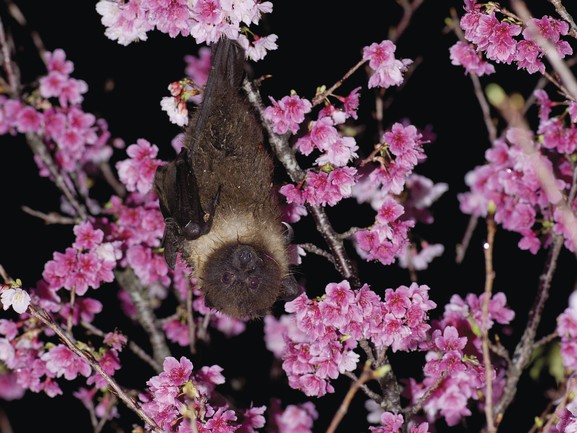
Photo Credit: Yushi & Keiko Osawa

Photo Credit: Ch’ien Lee
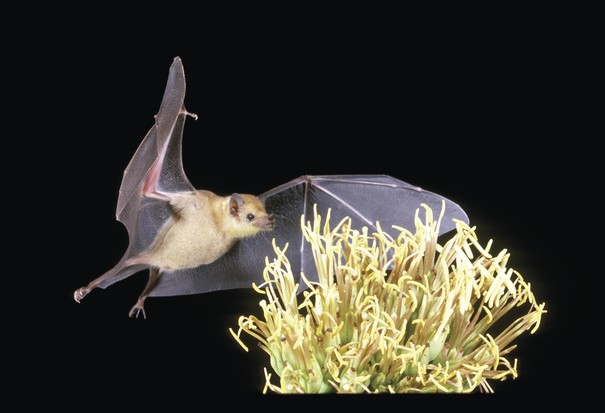
Photo Credit: J. Scott Altenbach
What factors affects the health of the world's bat population?
Of the planet’s 1,400+ bat species, there are currently:
- 21 considered critically endangered
- 83 endangered species
- 109 species vulnerable to potential extinction
A further 242 species may be in jeopardy, but more research is needed. BCI works with biologists, farmers, and scientists across the globe to identify issues & work to save endangered bat populations.
When any plant or animal species becomes endangered or goes extinct, it can affect the rest of the ecosystem. This is particularly true with bats, given their important role in food ecosystems and habitats around the globe.
Nearly half of all hibernating bat species in North America, for example, are affected with White-Nose Syndrome. This fungal disease doesn’t threaten humans but kills millions of bats each year: It causes bats to wake up in the middle of their winter hibernation period when there isn’t enough food & water for them, so they starve. BCI is working alongside many other groups to test & treat bats to find a cure.
What can Texans do to help protect bats?
Karen Kimbell, director of philanthropy at Bat Conservation International, recommends:
- Adding native plants to your gardens to attract the insects that Texas’s bat species love to eat. Many Texas native plants are sold in the Texas Backyard garden section of your neighborhood H-E-B.
- Reducing your use of insecticides, pesticides, and herbicides.
- Joining a BCI Bat Walk, an interactive nature experience for the whole family.
- Reading books like Stellaluna or Fiona the Fruit Bat to kids.
- Donating to BCI– memberships and merchandise are available!
- Adopt-a-Bat through BCI: You’ll receive a plush stuffed bat toy, an official adoption certificate, and information on the species of the bat you’ve adopted.
Kids can get in on the bat conservation action too – check out BCI’s free fun, educational games & activities, including:
- Printable coloring pages
- “Batty” recipes
- Activity sheets
- And much more!
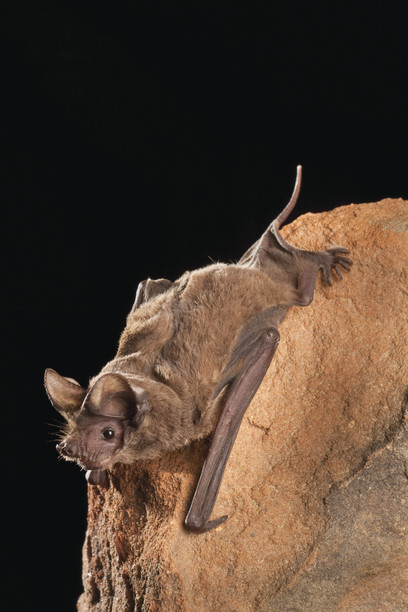
Photo Credit: Michael Durham
If you see a sick, injured, or dead bat outdoors, don’t touch it. Call your local animal control office or a wildlife rescue center near you. Bats can carry & transmit rabies and should not be touched without protective equipment.
While bats can sometimes seem scary, they’re a vital part of Texas’s many ecosystems—not to mention fascinating to watch! The next time you’re in the produce section at your H-E-B, take a moment to appreciate how many of the fruits & vegetables there are dependent on bats for pollination. Pretty neat, huh?
